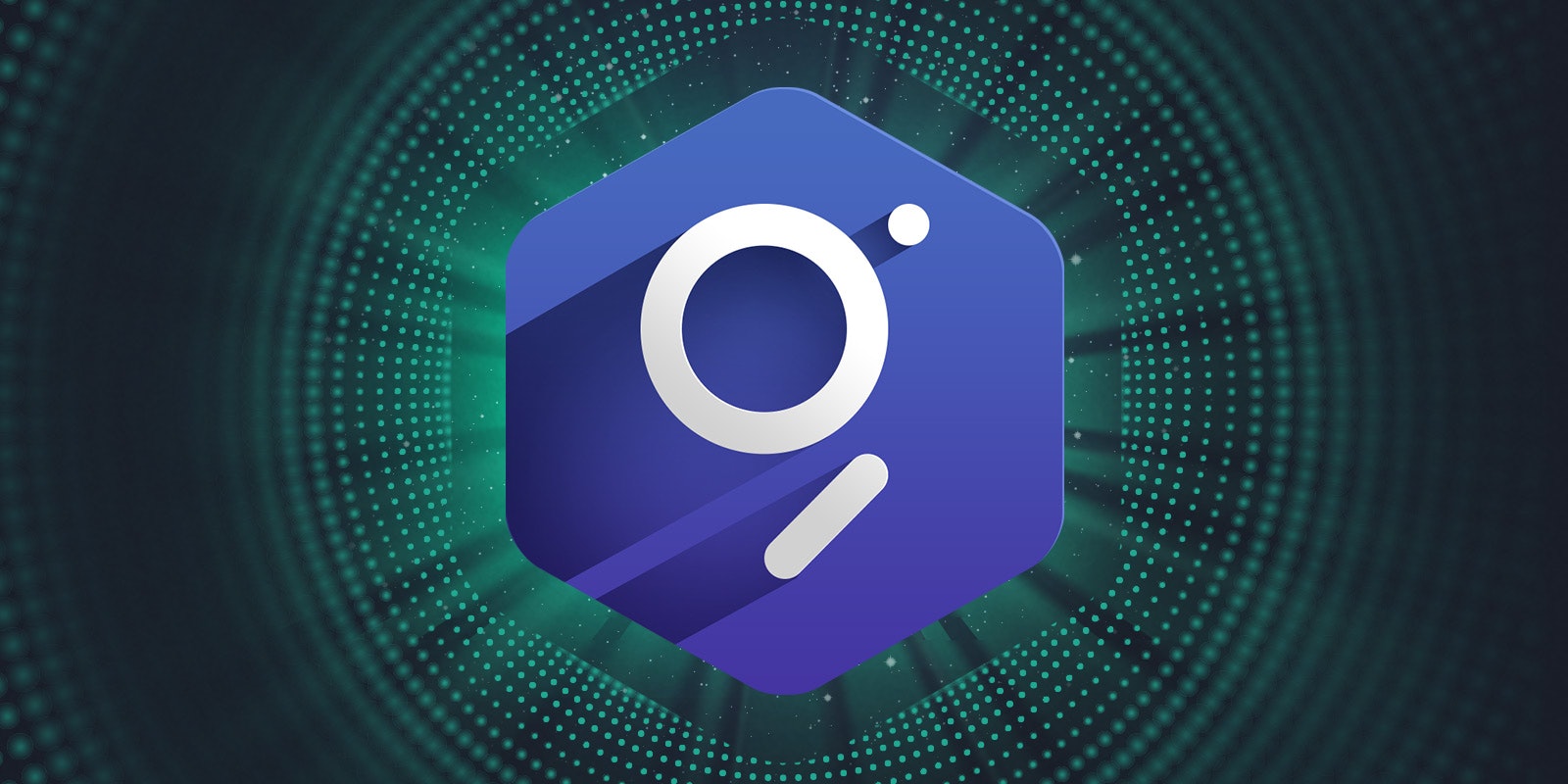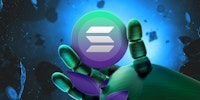

Staking


The GRT Earn Strategy is now live!
With SwissBorg Earn, you can stake your GRT and expect a 8% APY.
Read on to learn how we checked it and the key points you need to know.
Key Takeaways
- Liquid staking represents one of the safest options in DeFi to generate yield.
- We only rely on secure and trustable staking providers.
- The yield (APY) is derived from GRT staking – providing indexing and query processing services to The Graph Network.
- The Graph is an indexing protocol for querying data for networks like Ethereum, powering many applications in both DeFi and the broader Web3 ecosystem. Anyone can build and publish open APIs, called subgraphs, that applications can query using GraphQL to retrieve blockchain data. Co-founded by Yaniv Tal, Jannis Pohlman and Brandon Ramirez in 2018, the Graph has raised $19.5 million since 2019, including $10 million in token sales during its launch in October 2020.
- GRT staking represents a very liquid yield-generating investment. There is no lock-up period and funds can be redeemed at any time.
- Risk Checklist: No risk is deemed a concern for this strategy.
Nevertheless main potential issues could be related to:
- Counterparty risk
- Protocol liquidity risk
1. Strategy explained
The strategy is fairly simple; deposit GRT on the provider’s staking pool and receive staking rewards.
Lockup period: None. Assets can be redeemed at any time.
2. Risks
Trust Score
Only trustable and sound staking providers with top scores from CER are considered.
CER’s cybersecurity ranking is based on a comprehensive methodology that accounts for more than 20 indicators, including server and user security, a penetration test, bug bounty, and funds insurance.
At SwissBorg we make sure that these are reliable and battle tested, and adhere to the highest standard of security.
The SwissBorg trust score for employed staking protocols is ‘green’ meaning they are trustworthy.
Protocol Risks
Project Continuity Risk
Overall Continuity Risk is deemed low.
Only top staking providers with reputable history of service are selected. This minimises the risks of continuity issues which would require the staking activity to be moved to a new provider.
Project continuity risk is set to 1/10.
Counterparty Risk
Overall Counterparty risk is deemed low.
Counterparty risk exists whenever an asset is handed over to an external provider. Any credit events involving the staking provider could affect the assets that have been entrusted to them.
That said, staking via a 3rd party is fundamentally different from depositing funds into a lending protocol that later becomes insolvent.
We seek to select only trustable staking providers in order to minimise counterparty risk.
Counterparty risk is set to 3/10.
Liquidity Risk
Liquidity Risk is deemed low.
Funds held by the staking provider are redeemable at any time (unless a different specific agreement was agreed upon).
It is possible that in the event of extreme adverse market conditions some of the providers’ funds would be placed under pressure and, although very unlikely, this could pose liquidity constraints on the platform.
Liquidity risk is 3/10.
Strategy Risk
Complexity
Complexity of strategy is low.
The strategy involves depositing GRT which is used for staking purposes to provide indexing and query processing services to The Graph Network.
Staking is the most basic form of yield generating strategy in crypto and therefore more reliable.
Complexity of the strategy is 1/10.
Scalability
Scalability risk of strategy is low.
Staking is a highly scalable practice. Indeed, the more stakers are participating, the better the services provided by the network.
Scalability risk of the strategy is 1/10.
Sustainability
Sustainability risk of strategy is low.
The yield obtained from this strategy is fully sustainable as it comes from participating in the indexing and query processing services. Indexers earn query fees and indexing rewards for their services.
Sustainability risk of the strategy is 1/10.
Yield Risk
Yield risk of strategy is low.
Staking provides a constant stream of income with low variability.
Yield risk of the strategy is 1/10.
Slashing Risk
Slashing risk on the Graph Network is low.
Indexers in The Graph Network are incentivized to provide honest and reliable indexing and query processing services. In order to ensure that Indexer misbehaviour is discouraged, Indexers have to stake GRT that is subject to a thawing period. If Indexers act maliciously, serve incorrect data to applications or index incorrectly, their staked GRT can be slashed.
SwissBorg Earn staking strategies seeks to minimise the risk of slashing by employing staking protocols that thoroughly monitor all validators by means of a dedicated team of professional Site Reliability Engineers and Development / Operations experts.
In addition, on the Graph Network delegators are not subject to slashing or other punishments for Indexer misbehaviour.
Slashing risk is 1/10.
Liquidity Risk of staking
Liquidity Risk on staking GRT is low.
Most staking opportunities require the investor to lock-up their tokens for an agreed period, for hours to days, and even months. Regardless of the direction the market chooses during this time, your assets will be out of reach.
In more liquid staking systems however, stake is added to a liquidity pool and redeemable at any time. This is also the case with staking on GRT.
Liquidity risk is therefore set to 1/10.
3. Conclusions
GRT staking comes with little risk.
Because only trustworthy and sound staking providers with top scores from CER are considered when building a staking pool for GRT, the changes or malicious players is negligible, making the GRT Earn Strategy a solid player in the space.
The Graph is a decentralized protocol for indexing and querying data from blockchains, starting with Ethereum. It makes it possible to query data that is difficult to query directly.
The protocol was founded in 2018 and officially launched in October 2020 after a successful ICO.
Additionally, the fact that GRT staking represents a very liquid yield-generating investment with no luck-up periods and available redemption at any time, gives stakers extra incentive to contribute.
The SwissBorg Risk Team ranks GRT staking as a Core investment, one for an investor with some understanding of DeFi and yielding, who is willing to take on a minimum amount of risk – while remembering that there is no free lunch! – in exchange for an acceptable reward on GRT.




